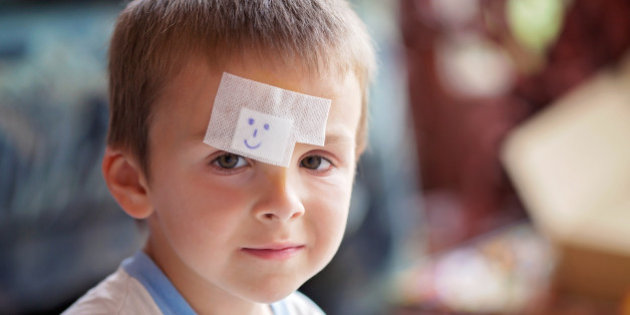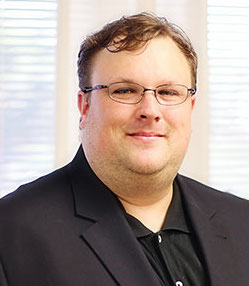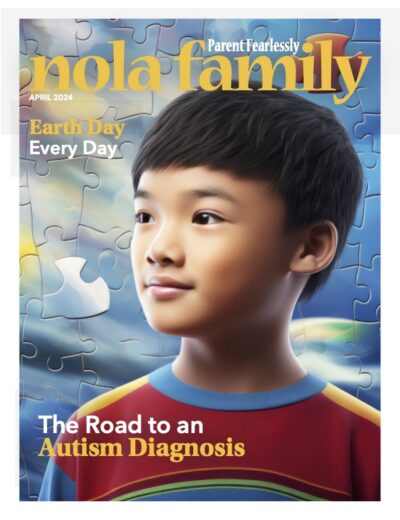
Concussions in Kids
Even a casual consumer of sports news has likely noticed, over the last three to five years, the increased attention to concussions. With that has come, quite frankly, a lot of misinformation. Here, we provide useful information on concussions for parents and coaches, as well as dispel some common-held myths.
Definition: A concussion is an equivalent term for a Mild Traumatic Brain Injury (mTBI). Traditionally, the term ‘concussion’ is used when the head injury was sustained during a sporting or outdoor activity. There are various grading systems for concussion severity, but there is little agreement between them.
Prevalence: Rates of concussion vary wildly depending on the study and reporting source, but it’s safe to say that it’s a common injury among children, and that young boys are more likely to be affected. Once you’ve had one concussion, you are statistically at increased risk for another concussion.
Signs and Symptoms: These typically fall into four broad categories.
Thinking or cognitive skills (difficulty concentrating or remembering, “foggy” thinking), Physical (nausea, balance problems, light/noise sensitivity), Emotional or mood (irritability, anxiety, sadness), and Sleep (more or less sleep than usual and difficulties falling asleep).
Recovery time for symptoms can vary, with physical symptoms often resolving first, and emotional/mood symptoms following later. While the symptoms of a concussion can vary widely, only a small percentage of concussions in children (10-15%) involve a loss of consciousness. Symptoms are common immediately after a concussion occurs, and typically last no more than a couple of weeks.
Physical symptoms are typically the most obvious following a concussion. Drowsiness, where an individual can’t be awakened, numbness (especially in toes and feet), repeated vomiting, slurred speech, and worsening headache are all “problem” signs and suggest the need for immediate medical attention.
Mechanism (how does a concussion happen): Surrounding all our brains is a pocket of fluid which helps absorb impacts. A traditional concussion occurs when the brain is impacted by a force greater than the fluid’s ability to absorb the shock. Where the force is applied, and how much force, are not necessarily correlated with concussion severity (i.e. a harder hit to the head does not necessarily equal a greater concussion). Typically, concussions are thought of as diffuse injuries (the injury affects a widespread area of the brain rather than just the point of impact).
Diagnosis: A concussion should be diagnosed through either physical or neurological examination. Research on concussions has focused on three major indicators for concussion severity. The first, loss of consciousness (LOC) happens in only a minority of concussion cases. A general rule of thumb is the longer the loss of consciousness, the worse a head injury becomes. The second key diagnostic feature for concussions is the presence of post-traumatic amnesia (PTA) or anterograde amnesia. This is a loss of memory for events immediately following the brain injury. Again, a general rule of thumb is that the longer the PTA, the greater the severity of head injury. Finally, the Glasgow Coma Scale (GCS), a simple scale designed to summarize a person’s level of consciousness, can be an important indicator of head injury severity. Concussions can have GCS scores between 13 and 15.
Key things parents should do if their child has been diagnosed with a concussion:
- During the acute phase (first 24– 48 hours), watch for signs that the concussion might be getting worse, which could indicate complicating features like a brain bleed. Worsening headache, vomiting, and slurred speech are signs to look for.
- Contact your child’s school. If it’s a public school, ask for the school to develop and put in place a temporary IEP to help your child academically. Many private schools will also help parents with the creation of academic plans. If cognitive symptoms persist beyond 1-2 weeks, a neuropsychological evaluation may be warranted to help determine why symptoms are not resolving.
- Concussion recovery traditionally involves a recovery from physical (headache), cognitive (difficulty concentrating), and emotional (irritability) symptoms. The recovery time for may vary.
- Physical and cognitive rest are important. Limiting screen-time is recommended.
- When cleared by your child’s doctor, moderate, low-impact exercise (elevated heart rate/breaking a sweat) can be beneficial to recovery. Avoid activities that have an increased risk for re-injury to the head.
- If involved in a sport, gradual return to play through a ‘step-wise protocol’ is highly recommended. Many schools and athletic trainers use these protocols. The key is a slow return to full participation with benchmarks to check for recovery along the way.

Dr. Matthew Holcomb is a clinical neuropsychologist with the Family Behavioral Health Center and is experienced with a wide range of clinical, medical, and neurological conditions including epilepsy, cancer, mood and anxiety disorders, concussion, traumatic brain injury, attention deficit hyperactivity disorder, and autism spectrum disorder.

